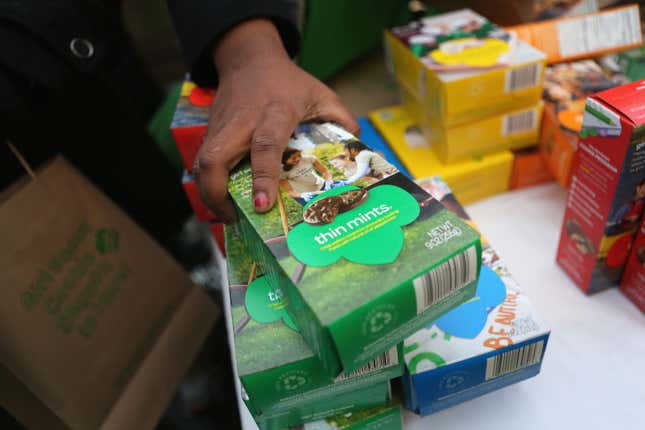Theories Abound As to Why Girl Scouts Were Left With 15 Million Boxes of Unsold Cookies This Year
It appears to be more complicated than "there was a pandemic."
EntertainmentEntertainment

An existential crisis is roiling the Girl Scouts of the USA as it deals with a previously somewhat unimaginable problem: millions of boxes of unsold cookies.
According to the Associated Press, the Girl Scouts typically sell around 200 million boxes of cookies in any given year, generating $800 million in revenue. This year though the organization fell 15 million boxes short of its target.
-

-

-

-

-

-

-

-

-

-

-

-

-

-

-

-

-

-

-

-

-

-

-

-

-

-

-

-

-

-

-

-

-

-

-

-

-

-

-

-








































